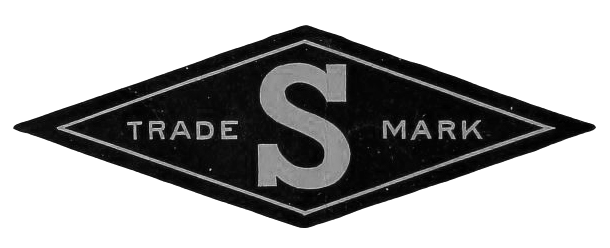THE HOBBIT: AN UNEXPECTED JOURNEY
By Gary Murray
Starring Martin Freeman, Ian McKellen and Richard Armitage
Written by Fran Walsh & Philippa Boyens and Peter Jackson & Guillermo del Toro
Based on the novel by J.R.R. Tolkien
Directed by Peter Jackson
Running time 169 min
MPAA Rating PG-13
Selig Film Rating Matinee
Peter Jackson has gone from an obscure art house film director to one of the biggest cinematic forces on the planet. King Kong and The Lord of the Rings trilogy changed the way film was presented; melding motion capture, CGI and live action in a seamless and fluid cinema experience. His latest is the much anticipated The Hobbit.
This film story of the Hobbit is part one of a trilogy. Taking place 60 years before the adventure of Lord of the Rings, we bookend with the characters from the earlier work. Soon, we get into the main thrust of the story. Young Bilbo Baggins (Martin Freeman) is an ordinary hobbit living in the shire. Gandalf, the great wizard (Ian McKellen) needs a hobbit for a grand adventure and he has chosen Bilbo.
Soon, Bilbo has a hobbit hole filled with Dwarfs. Thorin Oakenshield (Richard Armitage) leads this not-so-merry band of 13 on their quest. They need Bilbo to be a burglar. This honest little hobbit does not think he is up for the task and neither does Thorin.
Eventually, Bilbo finds a bit of courage and decides to go on their quest to free the Dwarf Kingdom of Erebor. Along the way, the merry band must deal with giant spiders, goblins, Orcs and Wargs. Eventually, we know that there will be a dragon.
Since the story of the Hobbit is part one of a trilogy, it just ends. That is the most frustrating part of the experience. I had the same reaction to the Lord of the Rings Part one. I was ready to see the next bit and knew that I had to wait.
The biggest moment of the work is the meeting of Bilbo and Gollum. It is the highlight of the book and the highlight of the film. It is the scene where Bilbo gets the ring of destiny. It plays exactly as it does in the book, with the crazed Gollum having gone insane in protecting his ‘precious’. It is spooky and magical and one of the most exciting scenes in the entire work.
The big technological leap is the higher frame rate. At times the film looks like one of the most perfectly clear images one has ever seen and at time is looks like an overgrown video game or a 3-D moving View-Master toy.
With a higher frame rate, make-up looks totally different and more than once there are cosmetic lines on the faces of the characters. It amplifies the visual but is also amplifies the visual mistakes of the work. One can tell when Peter Jackson is using real actors and when he is using CGI. It is not as seamless as his earlier works. The scenes in the goblin tunnels look more like something from Pixar than a regular motion picture.
The pans of the film are a distracting movement device. The film looks best when the camera is still and giving the audience the full breath of both the new frame rate and the 3-D clarity. When the camera moves, that is where the problem comes in. The eye is just not used to the new way of presentation.
There was a similar reaction many decades ago when film went from silent to sound. Silent was shot at 18 frames per second and sound at 24 frames. At first, people were not used to the different image presentation. Eventually it became the standard. I believe that 20 years from now, all films will be shown at this frame-rate.
During the screening, I kept thinking that this is a trilogy and I have to put up with six more hours of this. The film was originally designed to be two parts and the studio made it three. It feels like much more was added just to make it a cash cow and not a cinema experience.
All nit-picking aside, the Hobbit is a good film, not a great film. But, then again it is only 1/3 of a film. Judging this work without seeing the other two parts is a bit premature. I will hold my final judgment on the work in 2014, when we finally see the last of this work.





